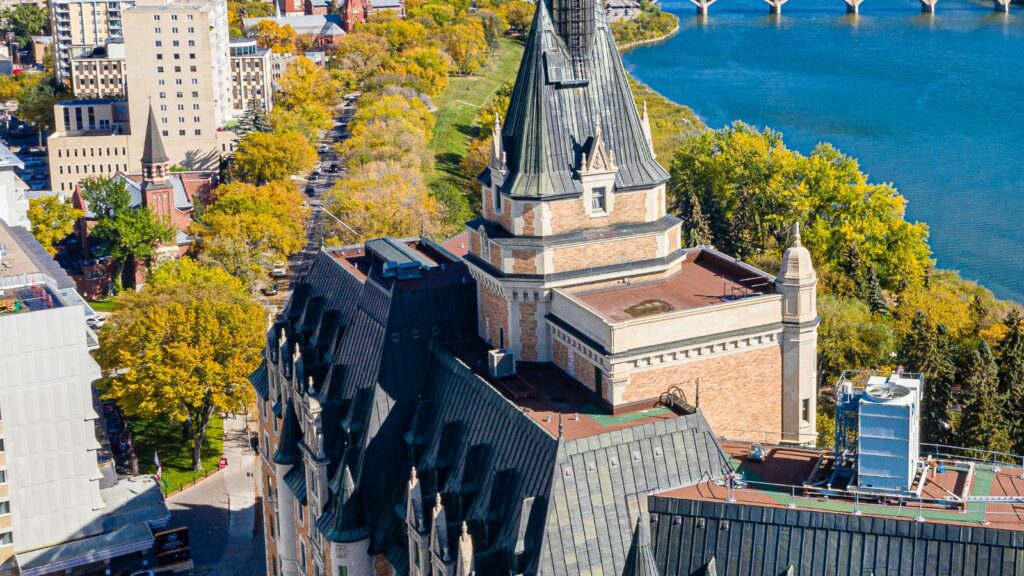Canada is on the move and not just in the metaphorical sense. Across the country, cities big and small are rolling up their sleeves and getting to work on shaping a smarter, greener, and more connected future. Whether it’s a new tram system in Québec City or cutting-edge digital twins in Vancouver, Canadian municipalities are pushing boundaries with bold visions and meaningful action.
Let’s take a look at 18 cities that are truly building the future right now.
Vancouver, BC
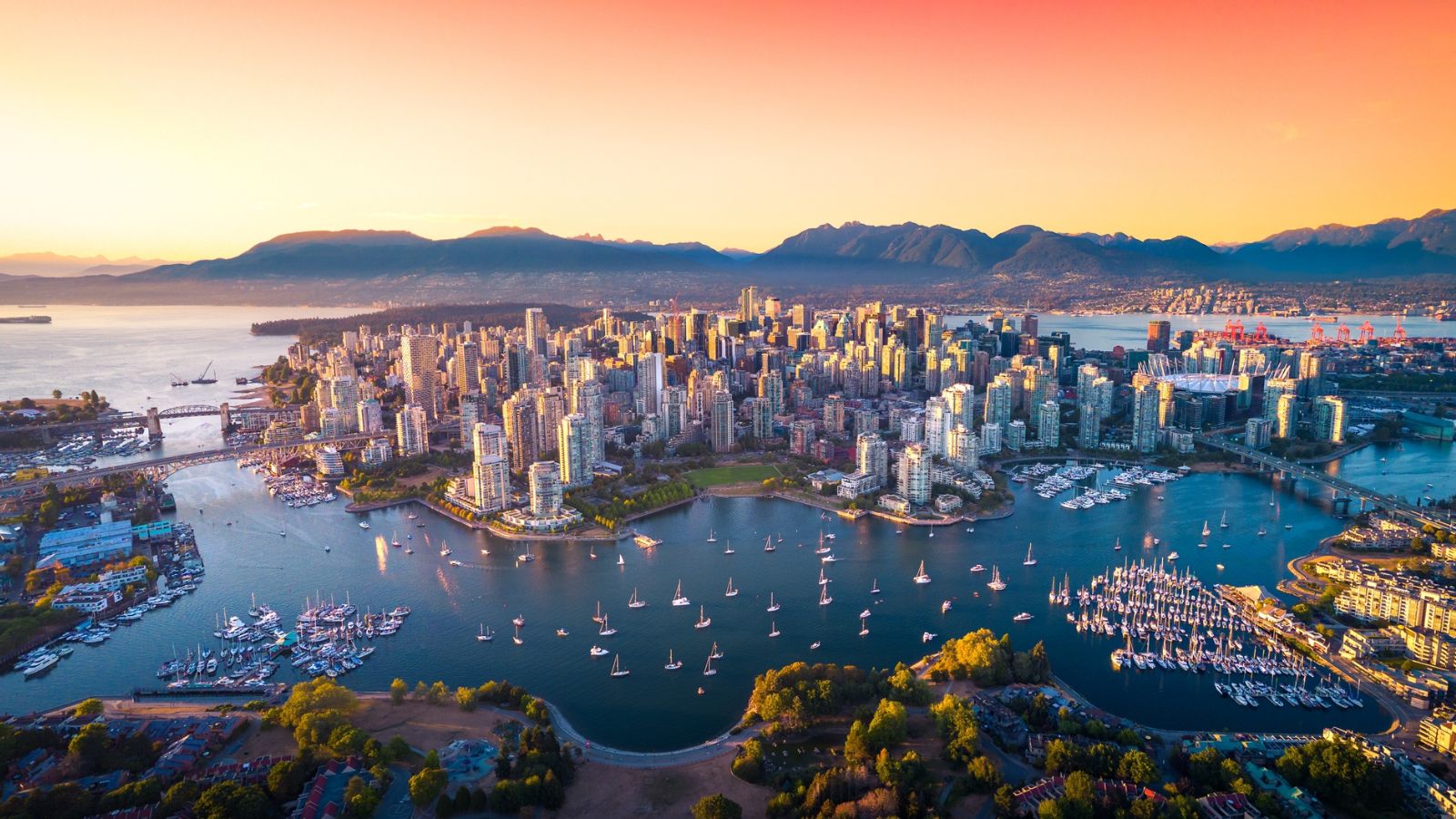
In Vancouver, sustainability is more than a buzzword—it’s a blueprint. The city is leading the charge with its zero-carbon building codes, aiming to eliminate operational emissions from new construction by 2040. Imagine office towers like “The Stack,” which use rooftop solar panels, triple-pane windows, and district energy to cut down energy use by over 70%. With a futuristic “Digital Twin” of the city in play, Vancouver is using real-time data to make smarter decisions on everything from traffic to flood planning. It’s like SimCity—except it’s real.
Calgary, AB
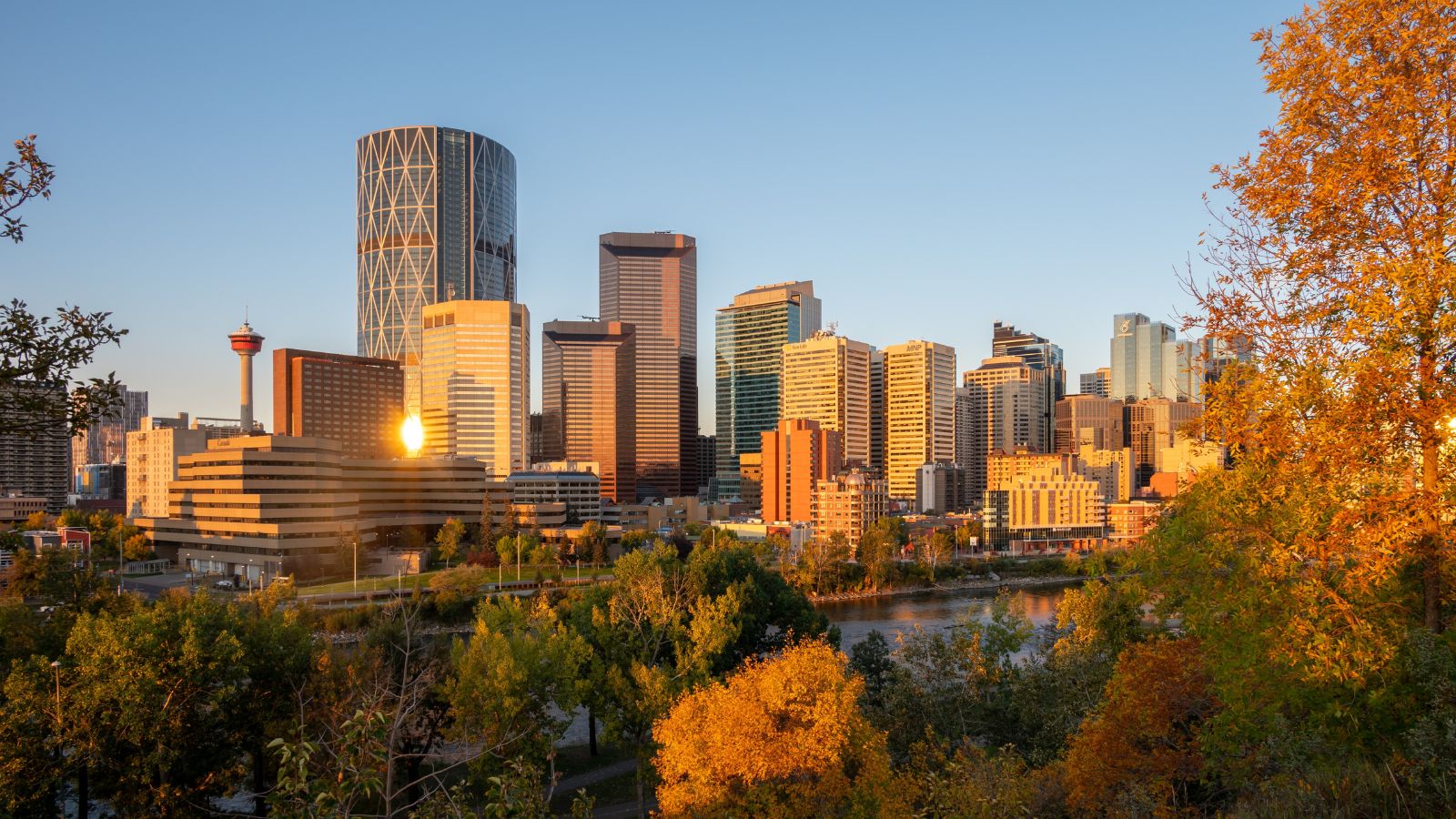
Calgary is proving that tech and transit go hand-in-hand. With its Green Line LRT in progress—set to be powered entirely by wind—the city is embracing clean transit solutions while layering in smart tech. Think 5 G-enabled bus shelters, sensor-activated street lights, and even AI-powered traffic signals. At the heart of it all is the Wave Technology Centre, where engineers and students are dreaming up tomorrow’s solutions today.
Edmonton, AB
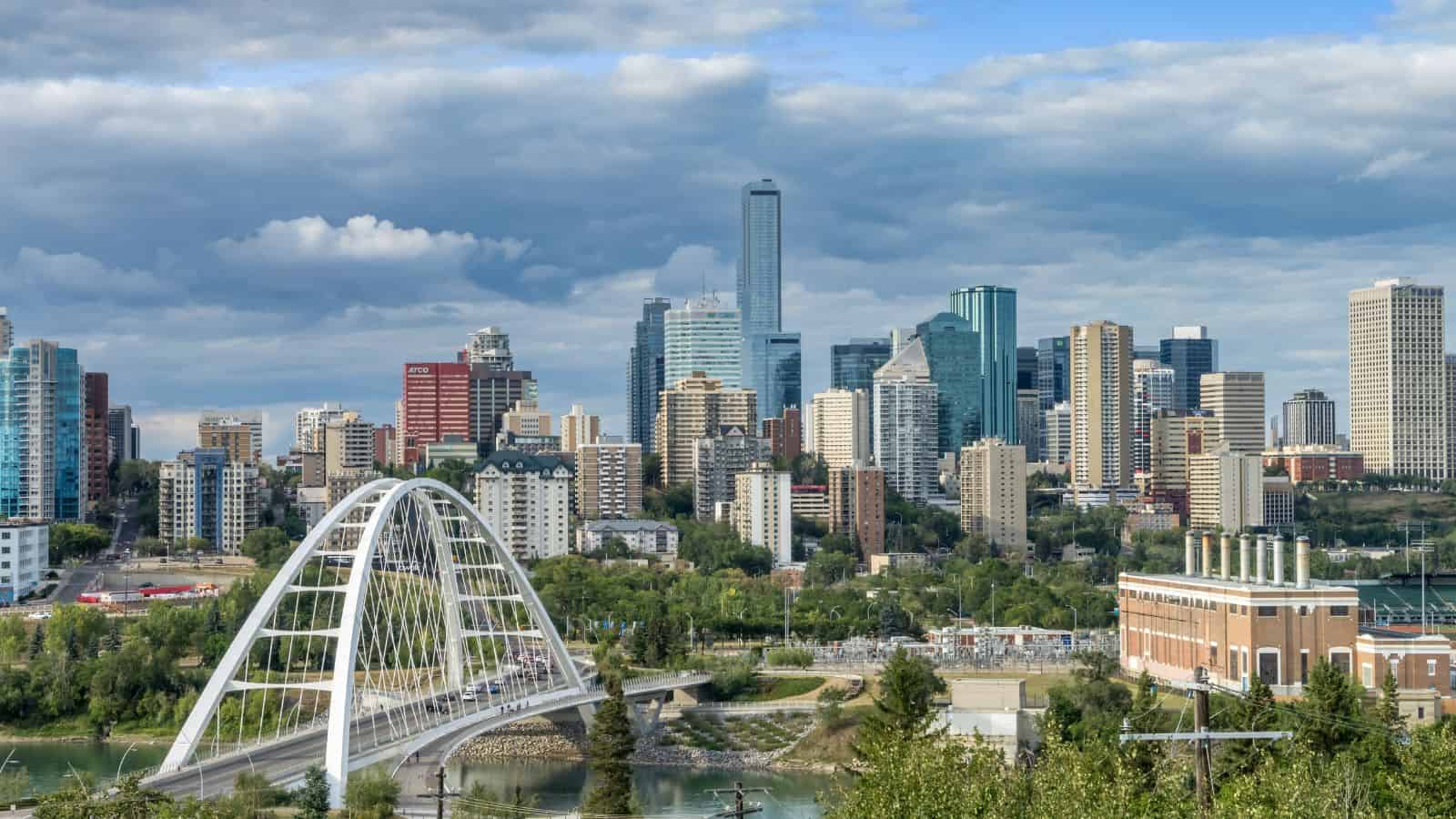
Edmonton isn’t just upgrading transit—it’s transforming how the city moves. The Valley Line LRT’s first phase is already moving thousands daily, and new lines are on the horizon. But what really makes Edmonton stand out is its focus on livable, walkable growth. With “Smart Corridors” equipped with adaptive traffic signals and pedestrian analytics, the city is balancing tech with a human-first approach.
Winnipeg, MB

Winnipeg is making green living look good. One of its crown jewels, Manitoba Hydro Place, uses geothermal energy and smart design to cut its energy use nearly in half. The city’s One Million Tree Challenge is bringing more shade to the streets, and a new $120 million infrastructure upgrade is setting the stage for a wave of sustainable, affordable housing. A real-time dashboard keeps residents in the loop, letting them track waste collection, traffic, and more.
Saskatoon, SK
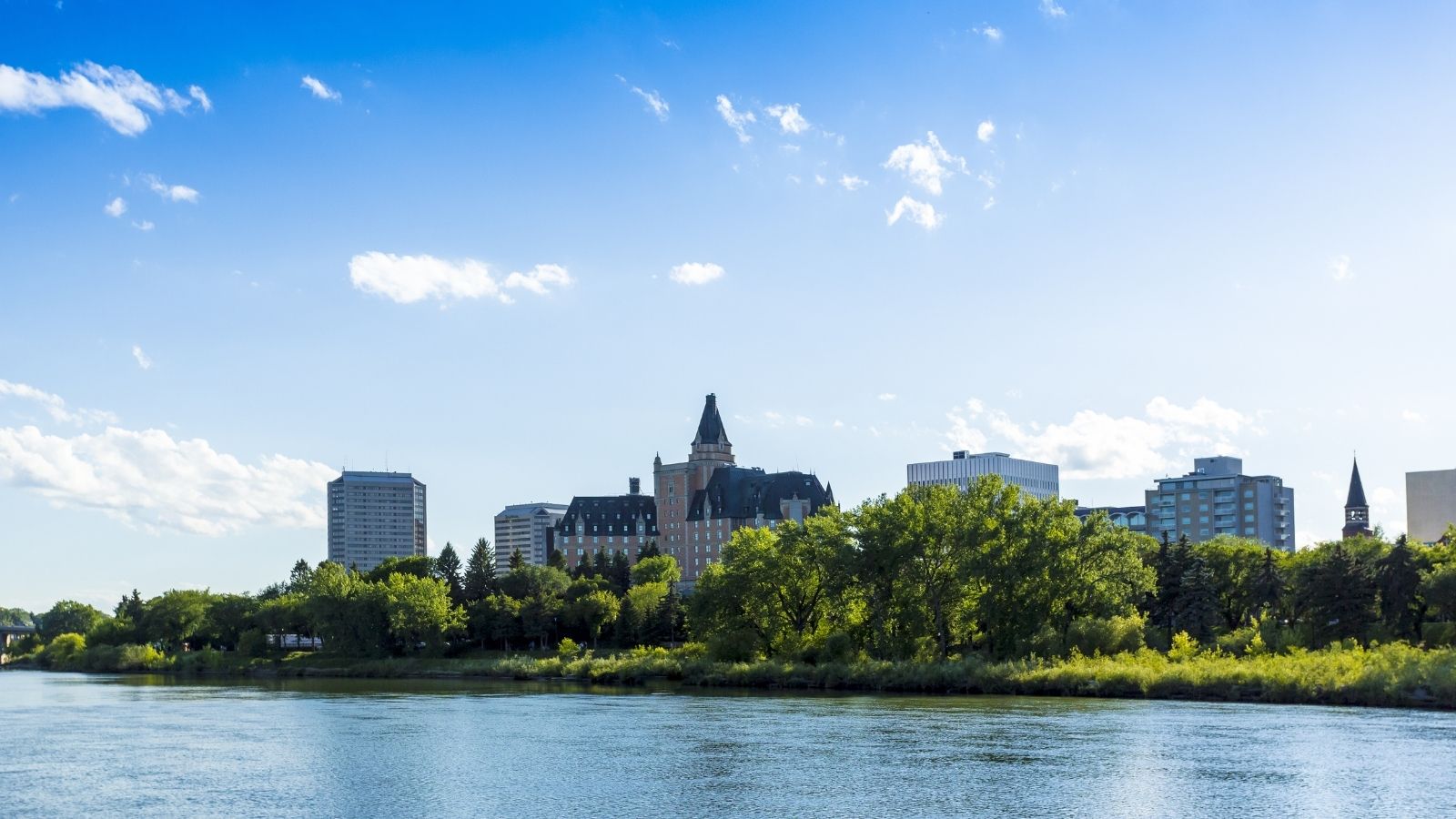
Saskatoon may be modest in size, but its ambitions are anything but. The city is building a 38-km Bus Rapid Transit system called Link, complete with cozy heated stations and real-time updates. At the same time, a living lab in residential areas is testing everything from soil sensors to solar potential, all with the aim of making neighborhoods smarter and greener.
Regina, SK
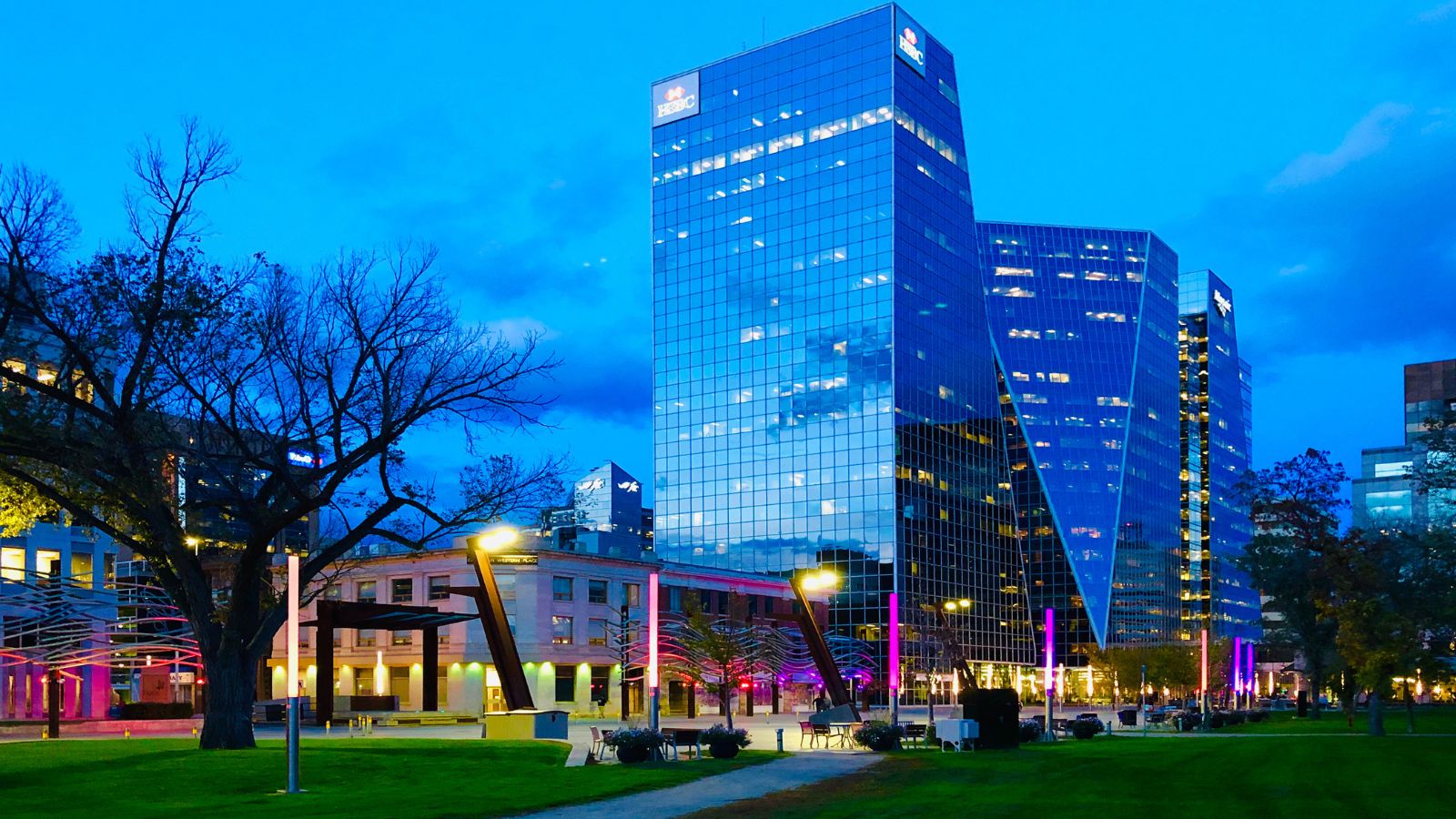
Regina is thinking long-term with its Renewable Regina plan, a roadmap to net-zero energy by 2050. That’s not just a slogan—the city is putting serious investment into retrofitting homes, building solar infrastructure, and piloting smart streetlights that dim during low-traffic hours. Plus, with funding to build nearly 4,000 affordable homes, Regina is making the future accessible to everyone.
Kelowna, BC
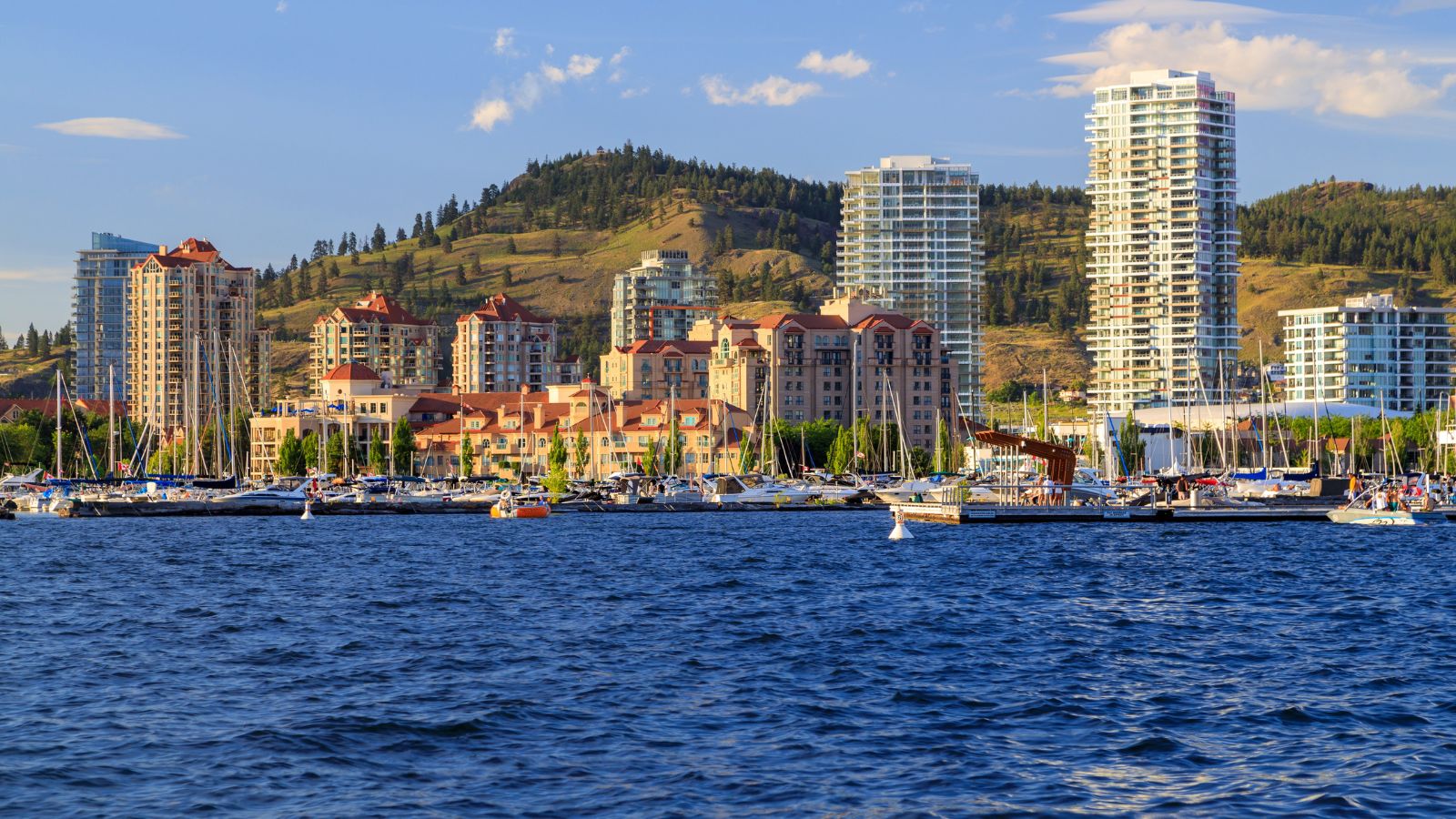
In Kelowna, data is the new gold. From monitoring water use in parks to 3D development simulations, the city is using tech to make more informed, efficient choices. Its Intelligent City Strategy helps streamline everything from traffic to permit approvals and even helps homeowners visualize how new developments could impact flood zones.
Victoria, BC

Victoria is blending old-world charm with digital savvy. The city’s online permitting system has slashed red tape, while new fare systems for BC Transit make it easier than ever to hop on a bus. Add in smart pedestrian crossings and 75 km of protected bike lanes in the works, and Victoria is turning into one of the most walkable—and wired—cities in the country.
Toronto, ON
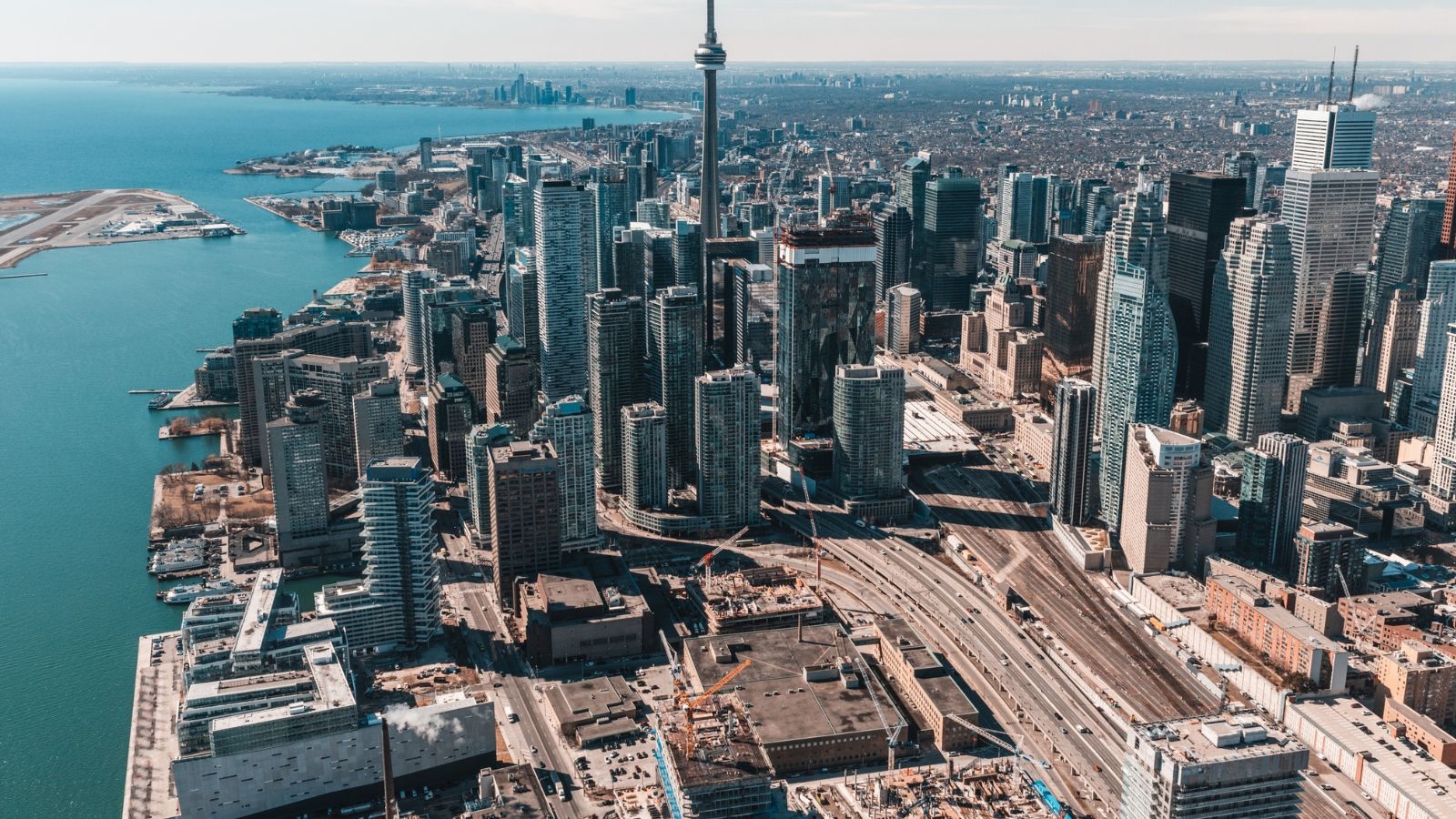
Canada’s largest city is aiming high—and getting serious—about carbon neutrality by 2040. The city’s TransformTO plan will retrofit nearly half a million homes, offering financial support to make them energy-efficient and equitable. But it’s not all about emissions. Underneath the Gardiner Expressway, “The Bentway” has transformed a forgotten stretch of land into a lively cultural corridor, reimagining what public space can be.
Montreal, QC
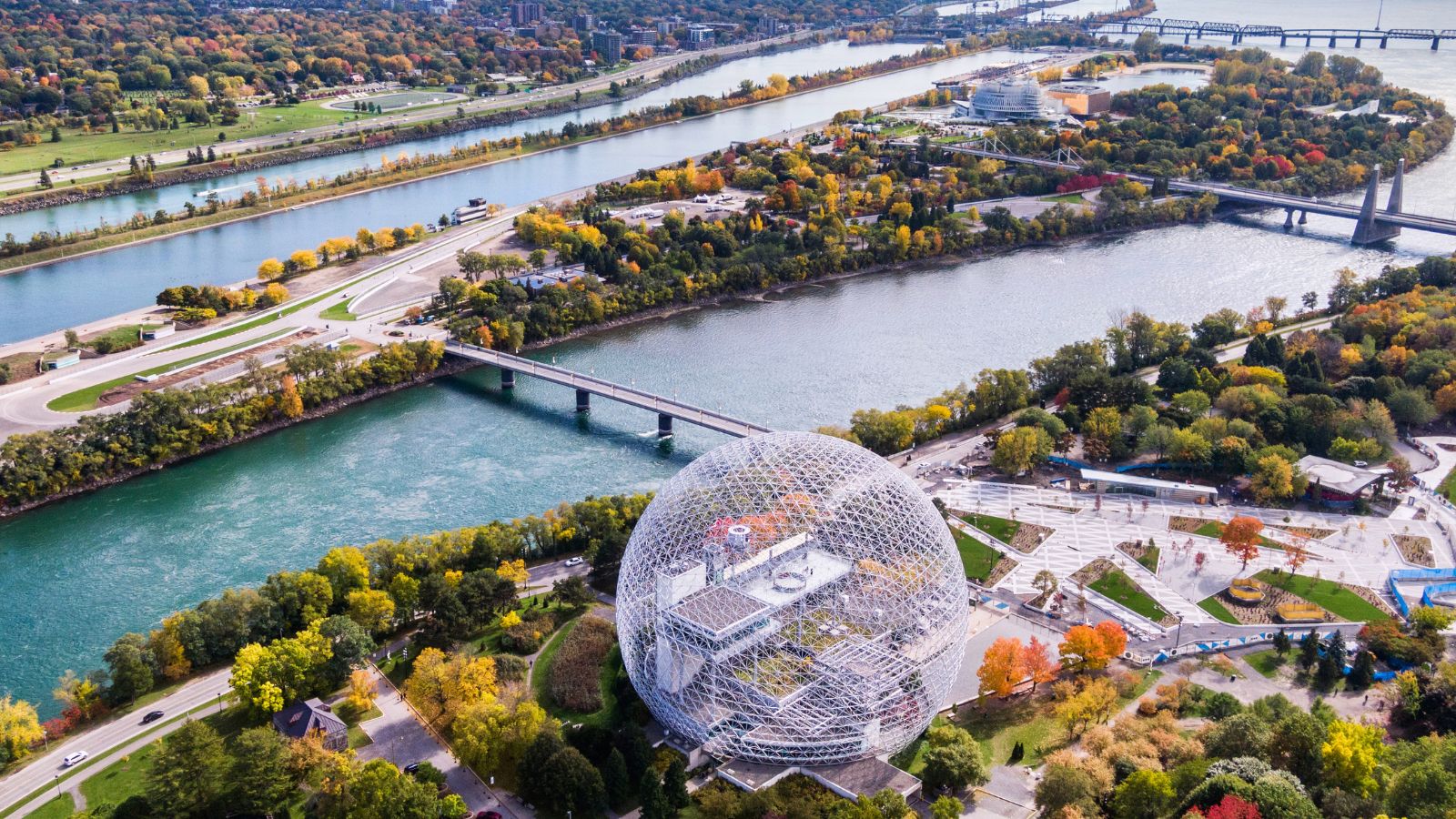
Montreal is buzzing with creativity. As a winner of the federal Smart Cities Challenge, the city is experimenting with everything from micro-transit options to smart food distribution systems. Its tech incubators are working on next-gen trains, and its open data portal now includes real-time info on air quality and bike availability. If innovation had a heartbeat, it might just echo through the streets of Montreal.
Ottawa, ON
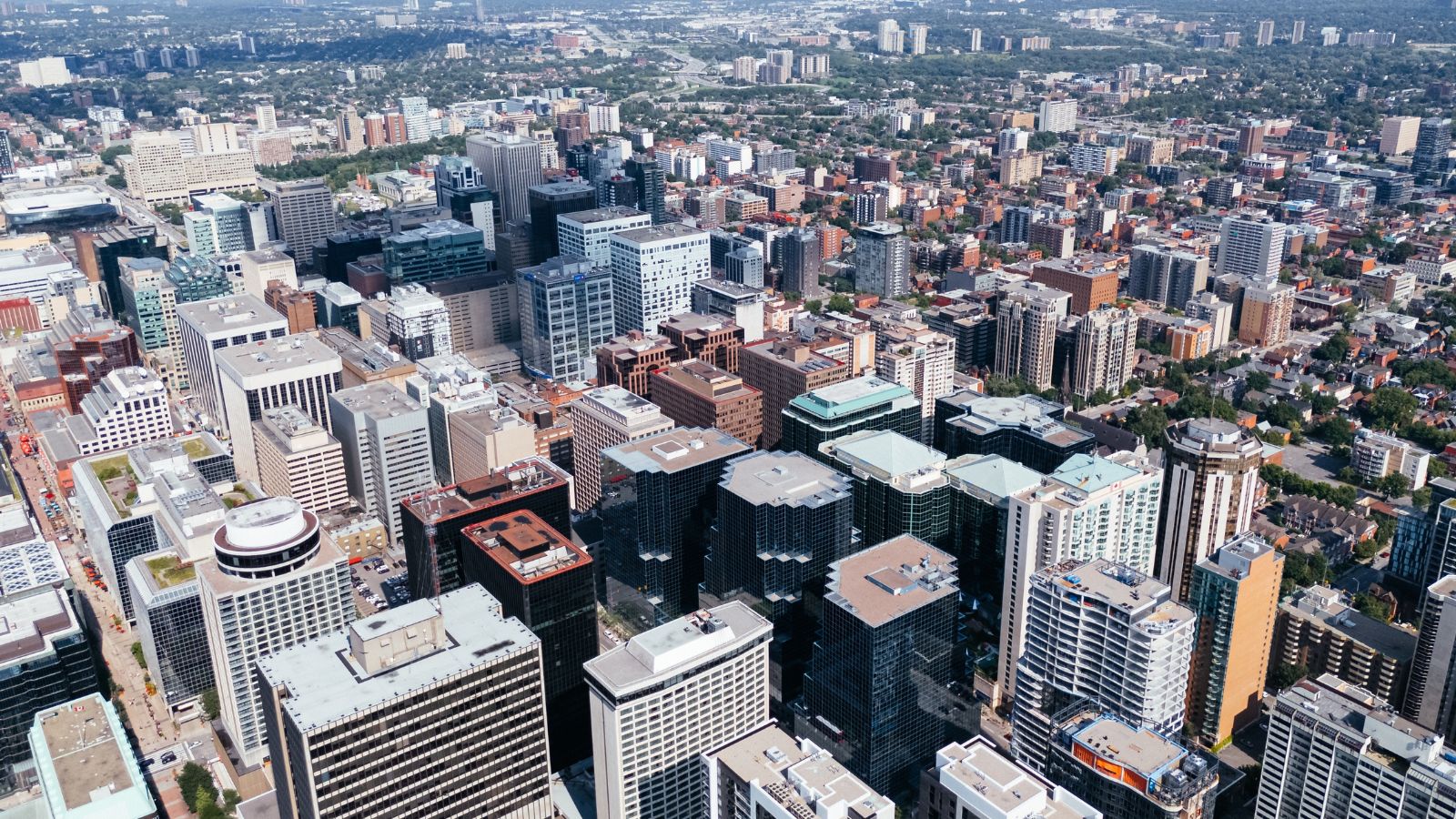
The nation’s capital is turning heads with its high-tech mobility lab, AREA X.O. In 2024, it became one of NATO’s go-to spots for testing connected vehicle technologies—think cars that talk to each other and to the city itself. Add in a massive 5G network, and Ottawa is laying the digital groundwork for smarter, safer urban transportation.
Waterloo, ON

The Waterloo Region isn’t just home to tech startups—it’s living its values. Its Ion LRT has grown into a vital transit corridor, now stretching across 19 stations. A youth innovation fund encourages young minds to pitch in, funding ideas like sensor-equipped school gardens and automated urban farms. In Waterloo, innovation truly starts from the ground up.
Kitchener, ON
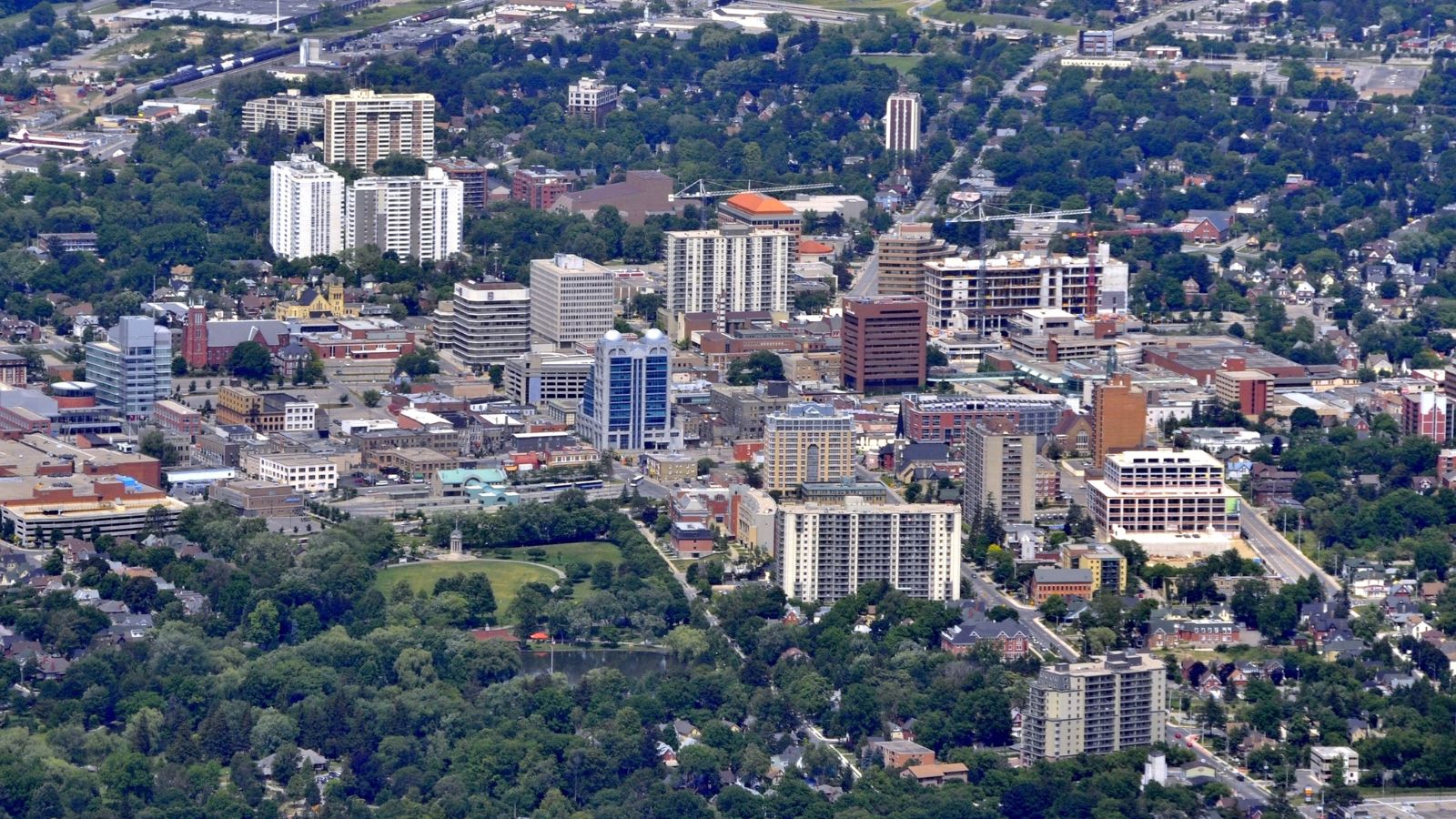
Right next door, Kitchener is ensuring that digital access is a right, not a privilege. Its “Digital Kitchener” plan prioritizes public Wi-Fi, open data, and inclusive digital services. Startups have been given a platform to test ideas that benefit the city directly—everything from robotic sewer inspectors to snow-plowing bots. The city is proof that small cities can think big.
Hamilton, ON
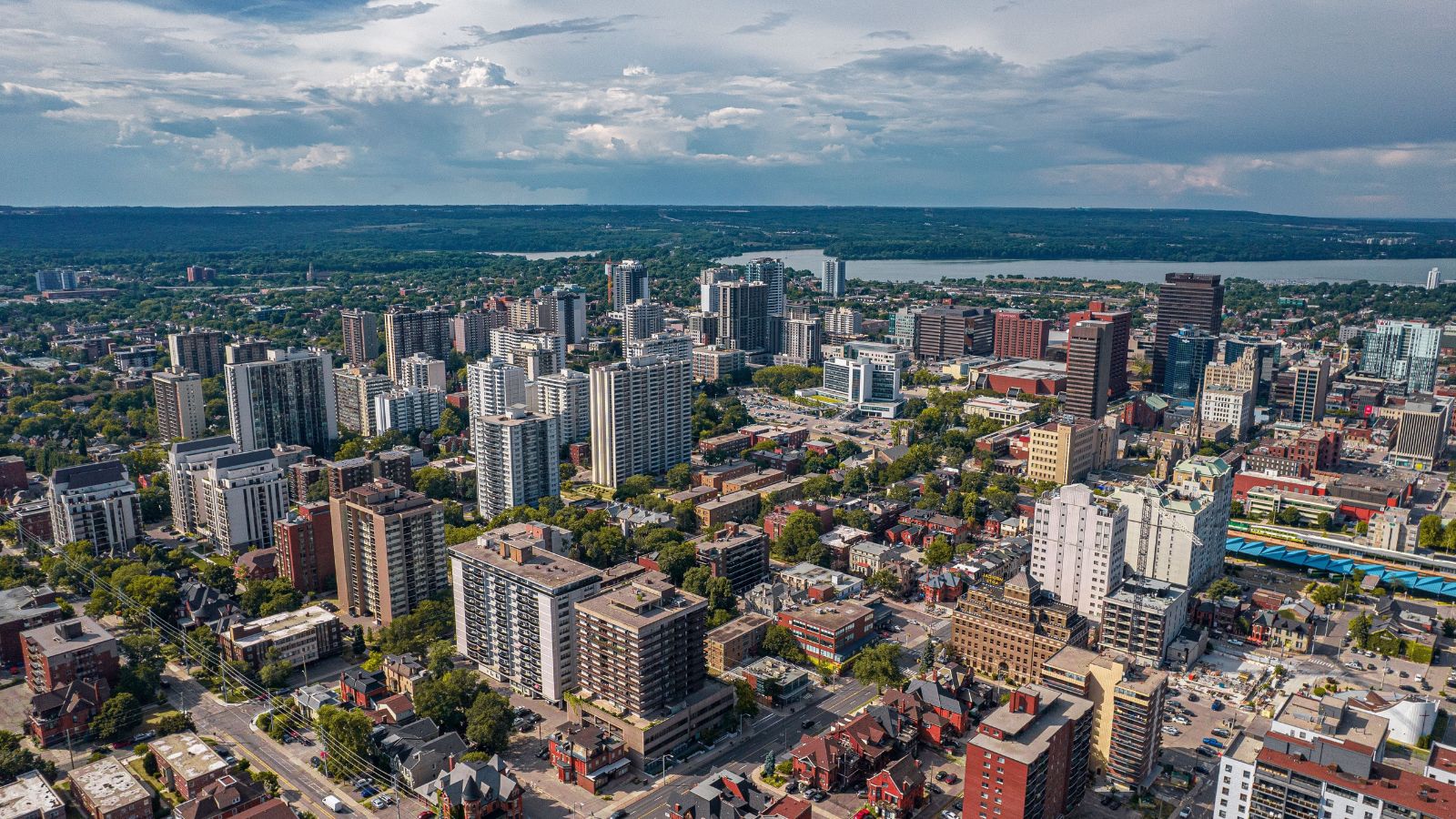
Hamilton is making public services smarter. It has an open data platform that is easy to use and available in multiple languages. This helps residents find things like bus schedules and Wi-Fi spots. The city is also preparing for the B-Line LRT. In the meantime, it is adding solar-powered benches in public parks that provide free charging and internet access. This approach is thoughtful, useful, and focuses on the community.
Halifax, NS
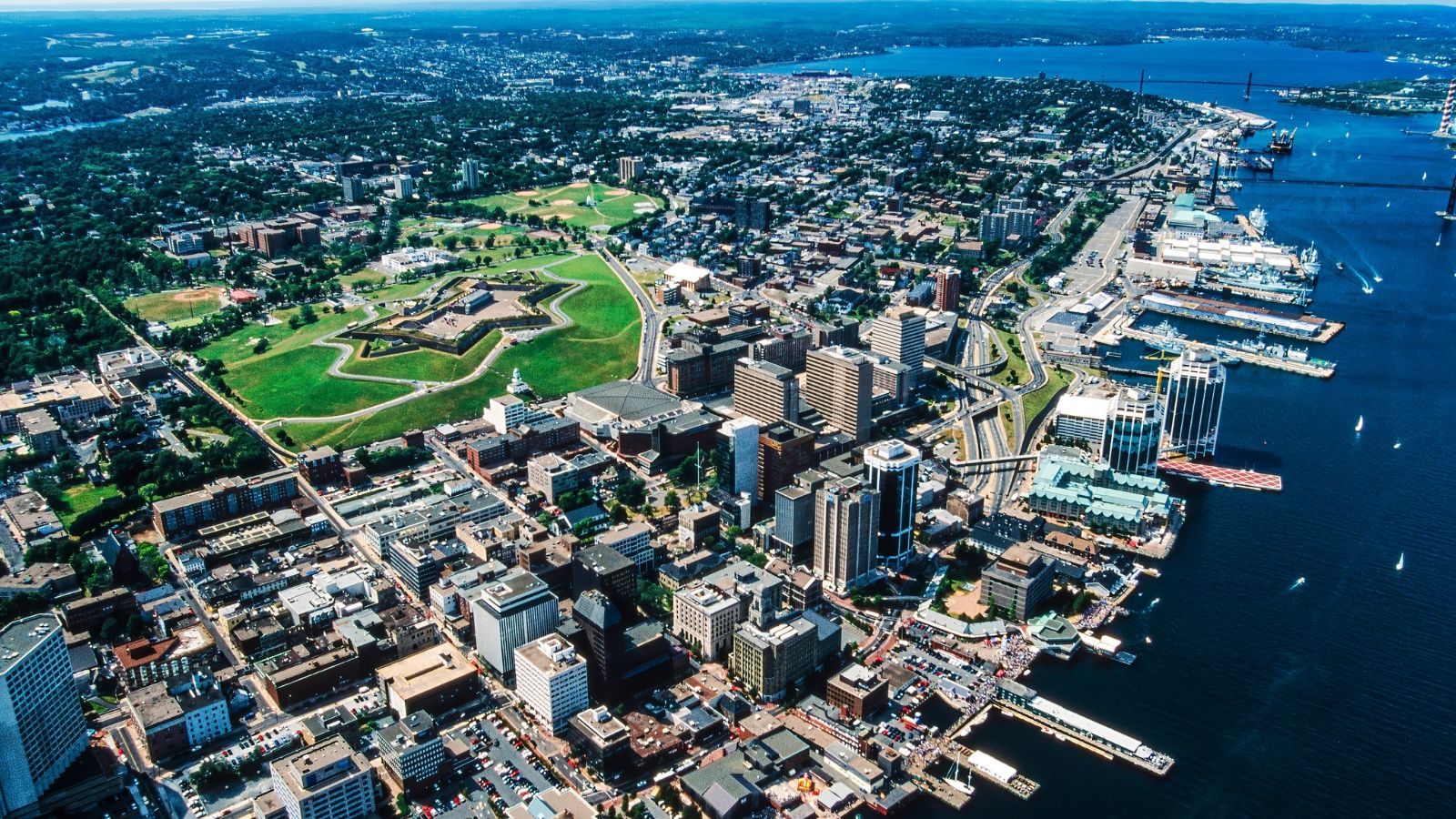
Halifax is acting like a global port city should. It is making its terminal operations electric and testing hydrogen fuel and smart-port technology. These efforts are part of HalifACT, a strong climate action plan that also includes building climate-resilient corridors to keep people and goods moving as the world warms.
Charlottetown, PEI
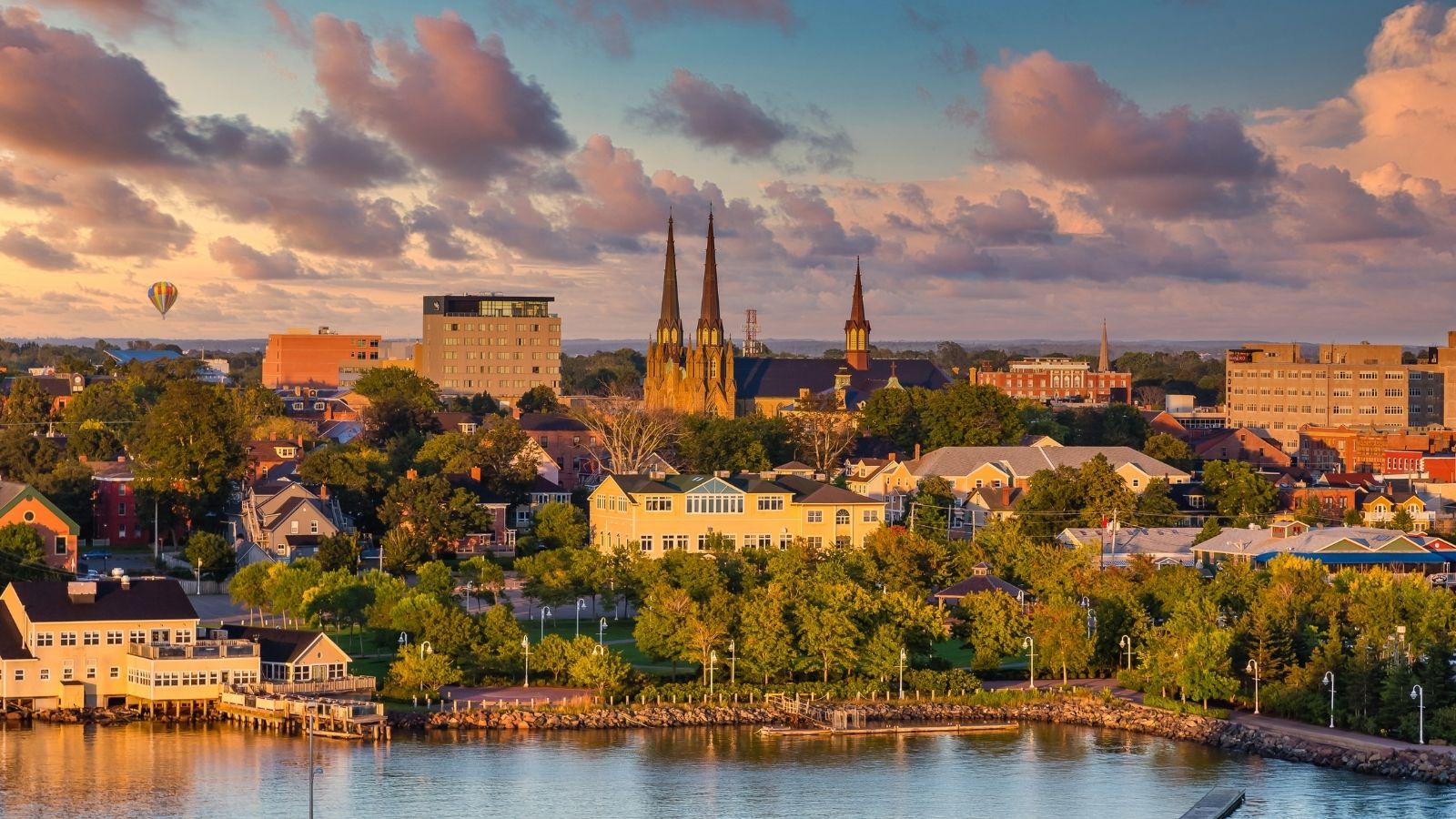
Charlottetown is small, but it is making important progress. The city recently received federal funding to set up digital service kiosks and an online innovation portal. This will help locals share and test their community ideas. Charlottetown is working on flooding and shoreline erosion by investing in nature-based solutions to protect the island’s future.
St. John’s, NL
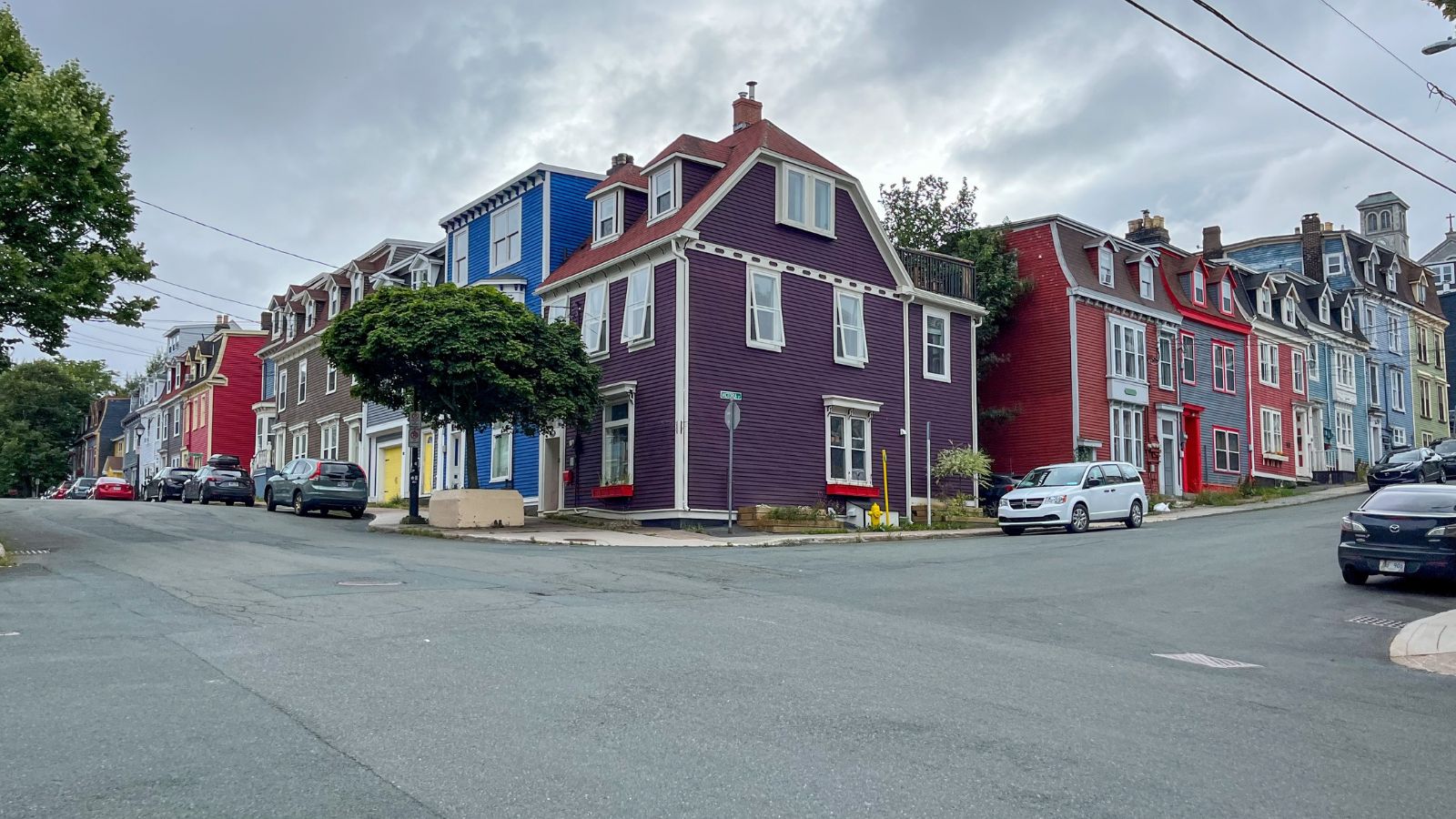
St. John’s is giving its older housing stock a green glow-up. The ReCover initiative offers tailored blueprints for deep retrofits, especially for pre-1970s homes. Meanwhile, Metrobus is beginning to electrify its fleet, and dozens of new EV charging stations are popping up across the city. The goal? A fully zero-emissions transit system by 2035.
Québec City, QC
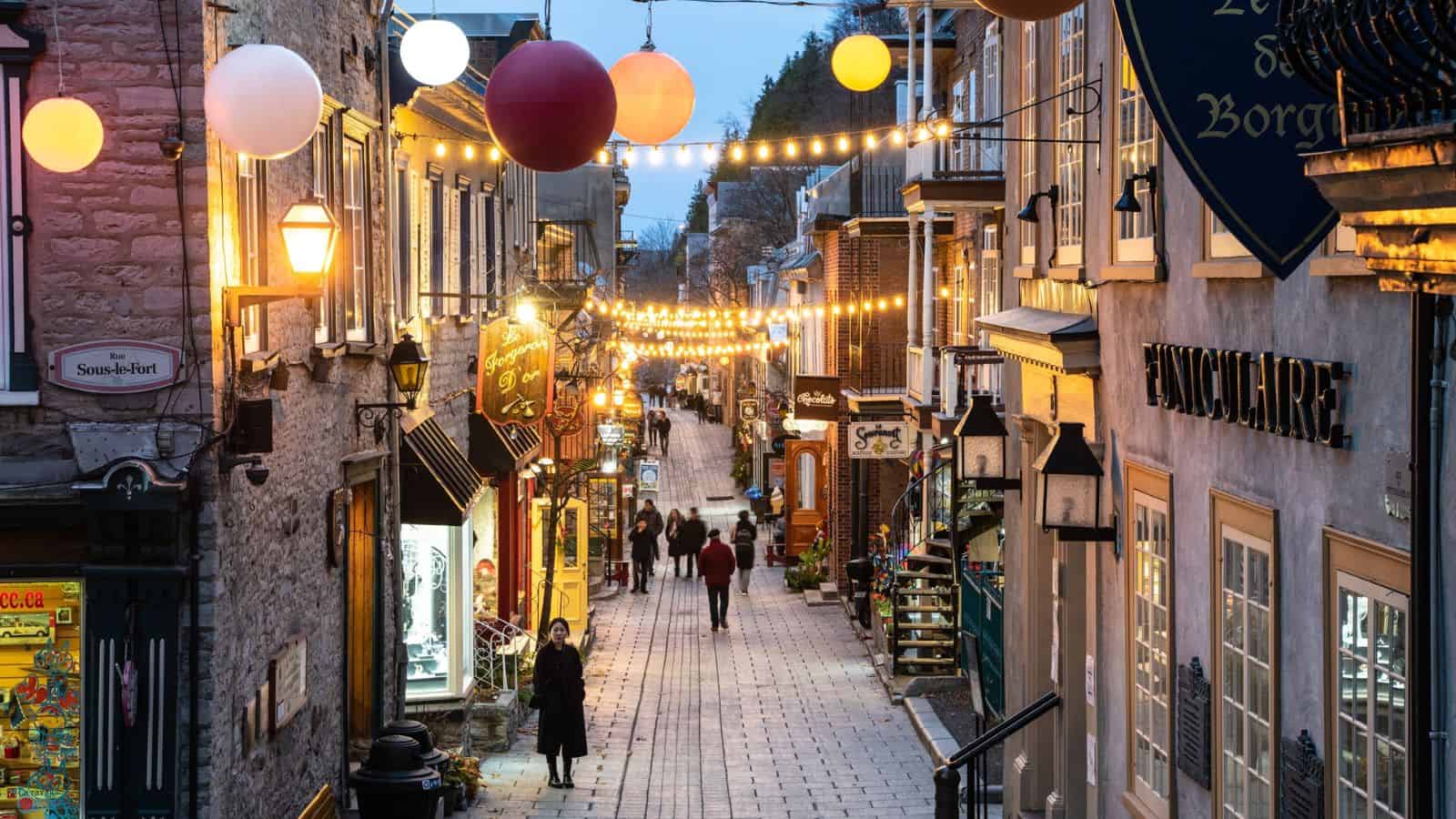
Québec City is launching a major upgrade to its transit system called the CITÉ project. This project will create 100 km of high-capacity transit corridors. It will start with a new tramway that runs on batteries and avoids overhead wires, connecting important areas of the city. The project will also include housing designed for easy access to transit and built to be energy-efficient. This approach represents a new level of urban planning.
Conclusion

From coast to coast, Canadian cities aren’t waiting for the future—they’re building it. With every smart light, green roof, and community-led innovation, these municipalities are showing that sustainable growth and technology can go hand in hand with livability and inclusion. Whether you live in the heart of Toronto or along the coast of PEI, chances are your city is already taking bold steps toward a smarter, cleaner tomorrow.
And that’s something to be proud of.
22 Times Canadian Ingenuity Left the U.S. in the Dust

When people think of innovation, they often picture Silicon Valley. However, Canada has a history of innovation, too. Whether it’s redefining sports, revolutionizing medicine, or just showing America up at its own game, Canadian inventors, thinkers, and dreamers have had their fair share of mic-drop moments. Here are 22 times Canadian ingenuity left the U.S. in the dust.
22 Times Canadian Ingenuity Left the U.S. in the Dust
